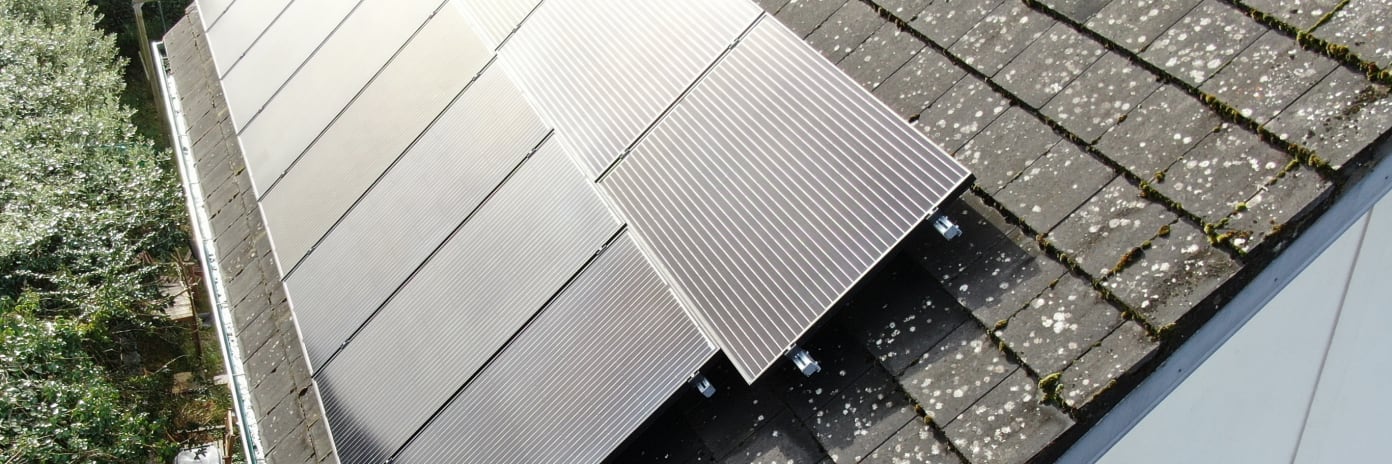

Rooftop Solar Panels can be a smart investment or a costly liability. Poorly installed or malfunctioning panels can damage your roof. Drone inspections are a low-risk, no-fuss way of confirming that your panels are in working correctly, as well as while ensuring their maximum energy output. Engineers With Drones also assess your panels' condition, giving you peace of mind about their safety.
Drones equipped with thermal imaging cameras allow you to accurately assess the condition of a solar array. Infrared photographs can be used to detect extreme temperature differences that can locate otherwise unseen issues, such as concealed moisture damage and heat leakage.
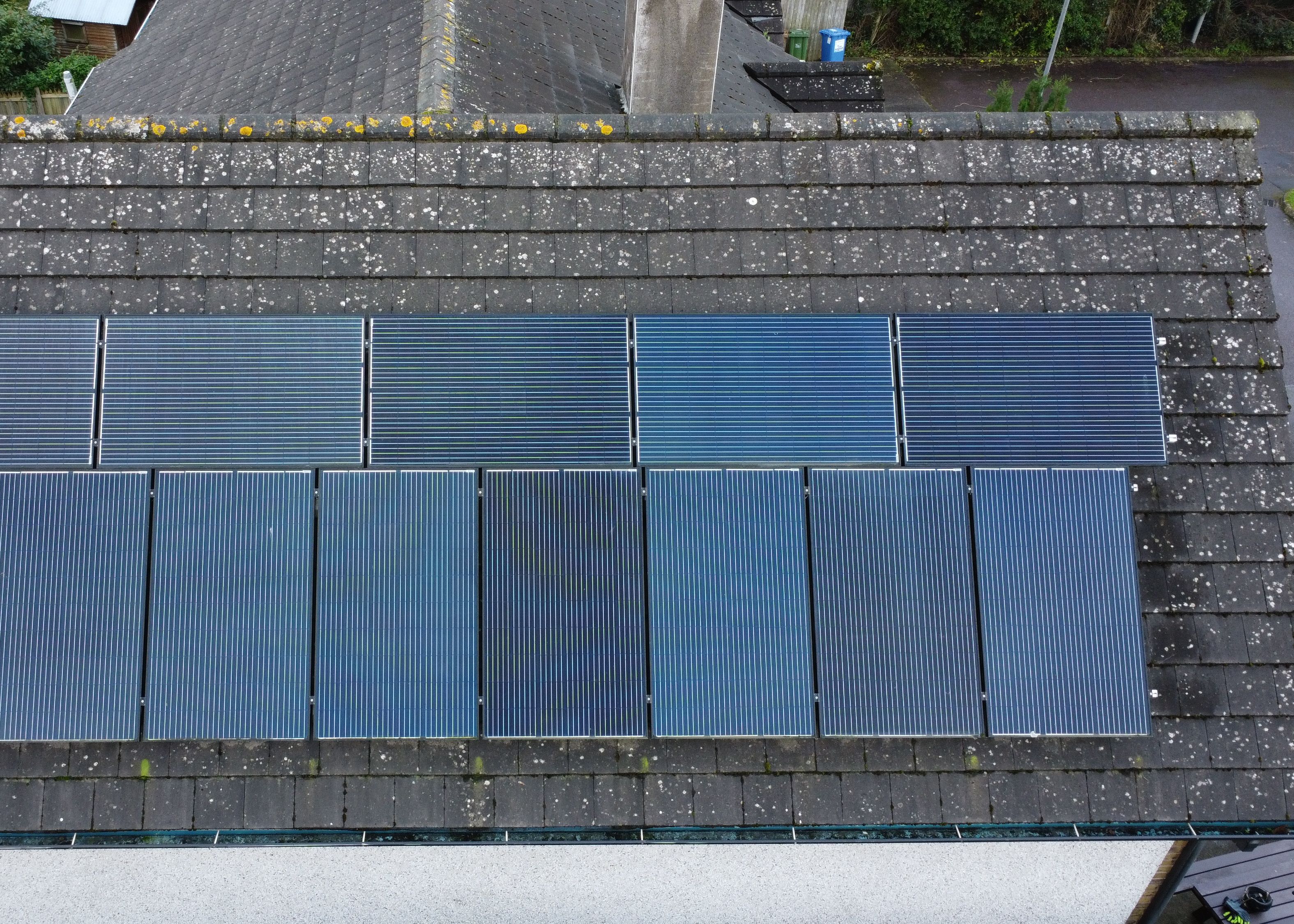
In comparison to traditional this services, drones provide a higher degree of detail. High-definition cameras and cutting-edge zoom lenses pick up the tiny details that may otherwise go unnoticed, such as missing connections, rust, or damaged insulators, while at the same time keeping personnel safe and on the ground.
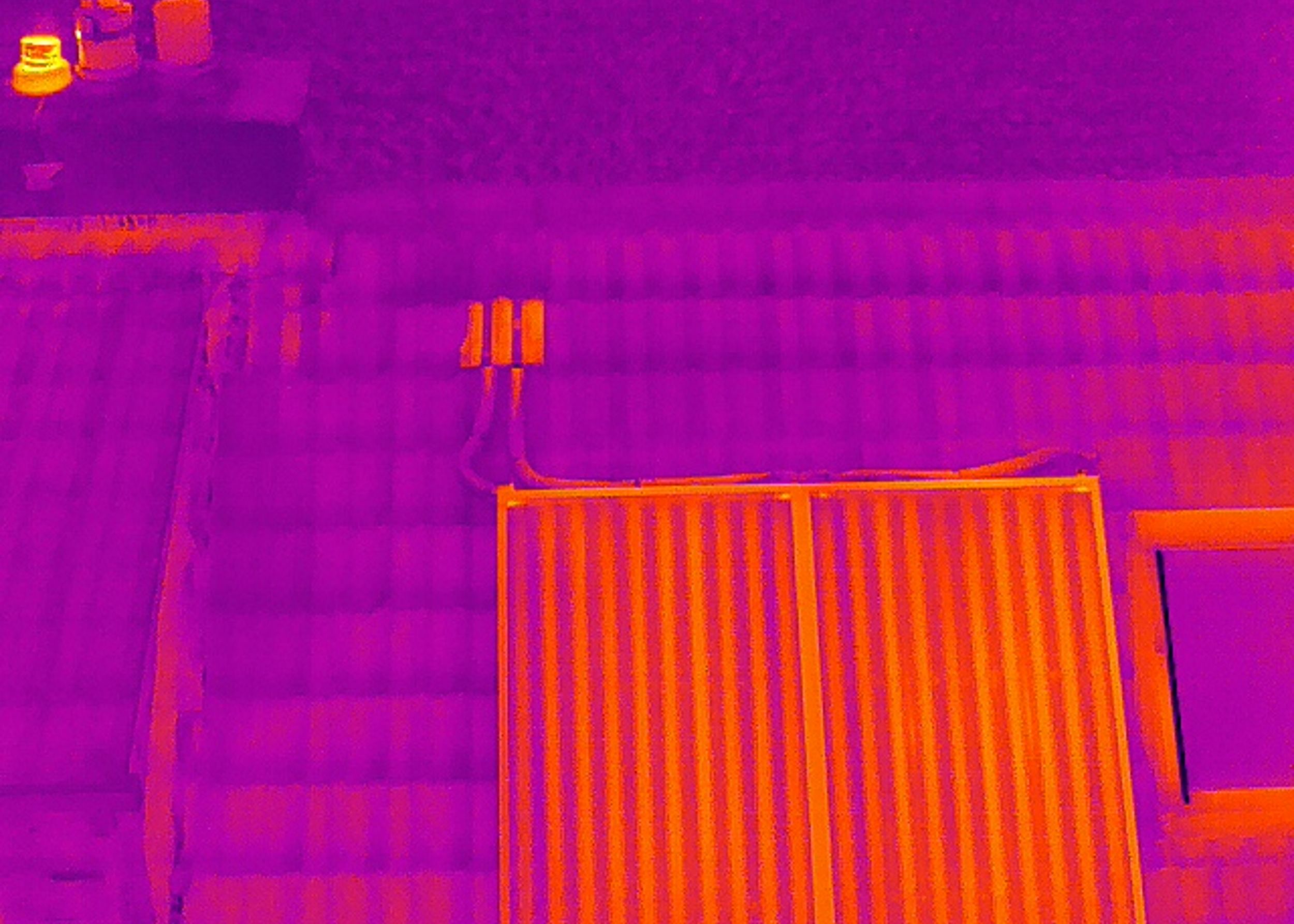
The use of drone 3D modelling technologies gives you the opportunity to inspect a digital twin of a solar array from the comfort of your office. This detailed replica can be inspected at a minute level, allowing you to make a record of any areas that are in need of attention. Issues such as poorly executed repairs, general damage and other potential weaknesses can be shared with your employees, suppliers and other shareholders at the click of a button.
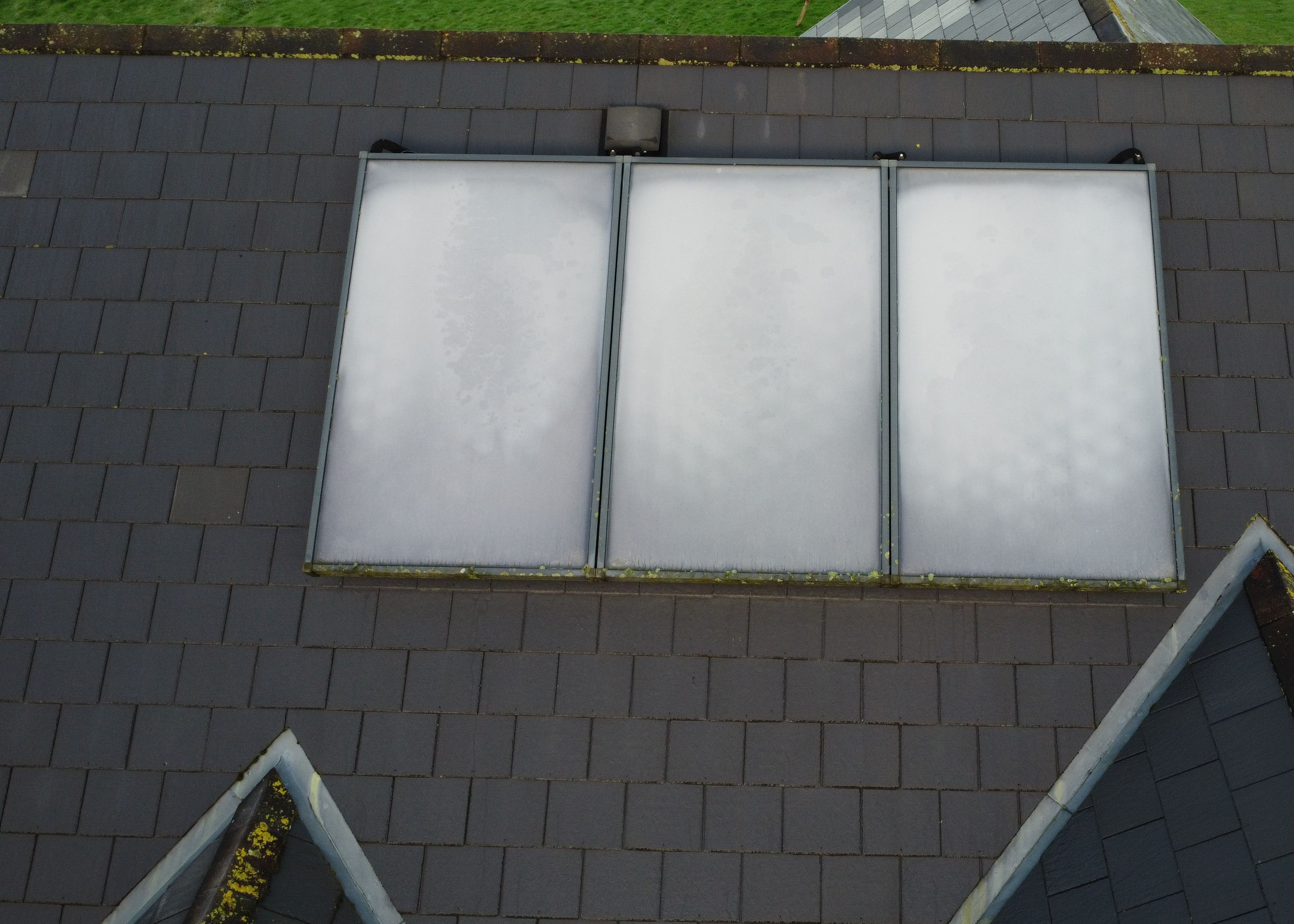
Our drones can capture the minute details of any object, without having to touch or even get close to it. Objects that once had to be shut down, climbed and traversed can now be inspected and monitored in real time more quickly, and with zero risk to personnel.
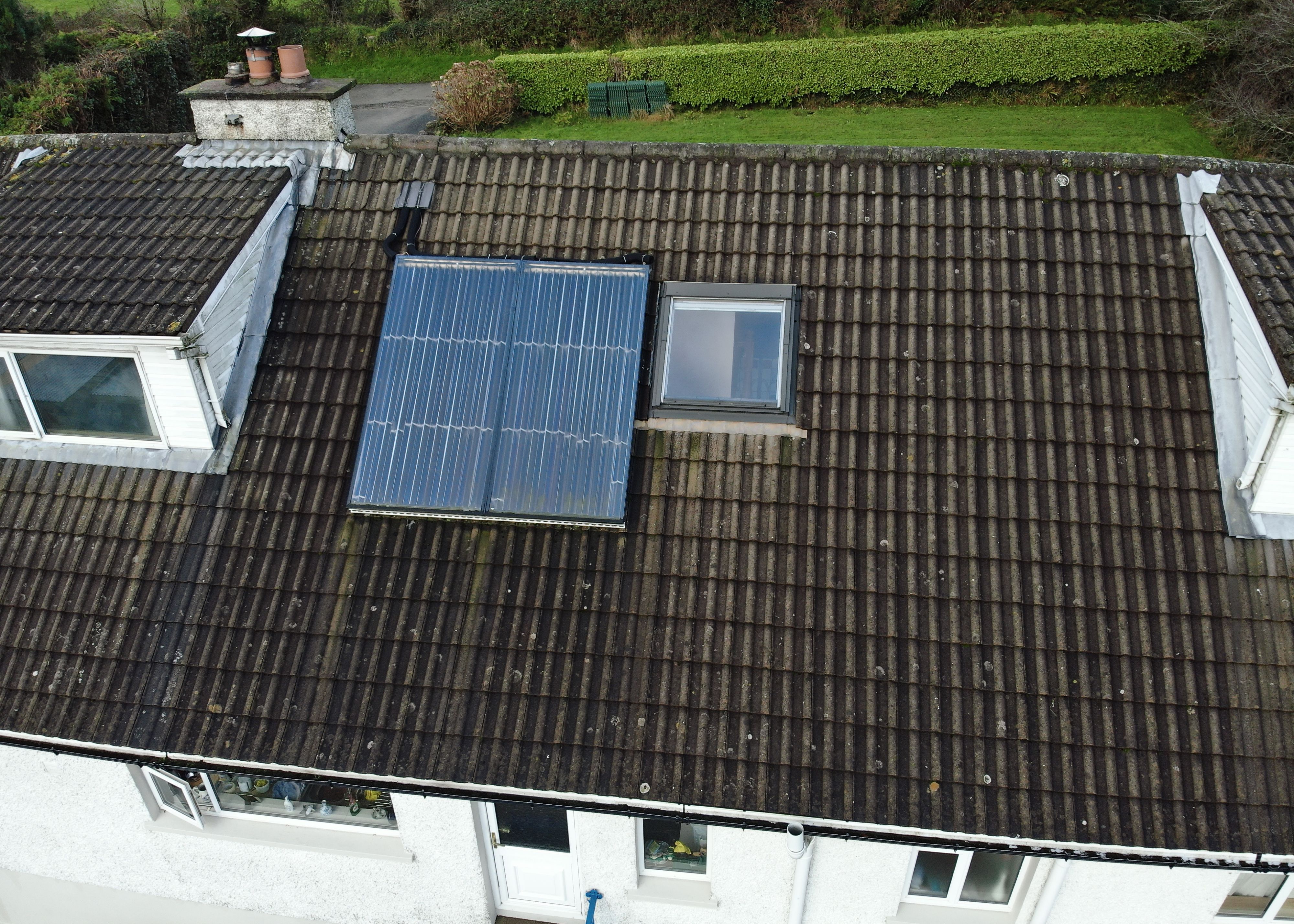
Drone inspections take up less of your manhours and resources than traditional inspections, giving you a faster and more budget-friendly return on your investment.
Thermal IR technology and ultra HD allow our engineers to get a view that is not available to the naked eye. From a safe distance, we can find defects and insights that are only visible with a drone.
Our equipment won't touch or even go close to your assets. Our high-resolution cameras use optical zoom to give extreme close-up views while staying a safe distance away.
We use cutting-edge technologies to detect problems that would otherwise be invisible. These include 4K ultra-HD photography/video, LIDAR and thermal imaging.
Drone technology is cheaper, safer and more reliable than traditional methods such as scaffolding, cherry-pickers and ropes. It's also quicker and less labour-intensive. We will bring everything we need and be out of your way that same day.
The safety of your personnel and our own is paramount, and we place it at the forefront of our company culture. Ask us about our HSSE systems and practices.
Drones capture high-quality, impartial information that gives you an exact assessment of the status and needs of your asset.
Sometimes the brief can change even in real-time. If need be, you can be stood there right next to the drone operator, directing them as the situation develops.
Solar PV is a worthwhile investment. But, unnoticed damage reduces its efficiency over time, shrinking your savings. Regular inspection and maintenance of rooftop solar panels is essential to their longevity. Investing in good maintenance practices can ensure they last the intended lifecycle, up to 20 or 30 years. Not doing so can cost you money, and cause a loss of power.
Solar Panels are generally sturdy. Inspections find issues about 10-20% of the time. It's not always necessary to have a person present at the point of inspection. 80-90% of the time, a drone is enough for the entire 'maintenance' process.

Incorrectly installed solar panels can cause damage to themselves and your roof. We inspect the mounting system and the surrounding area for issues. Hanging wires rub against the roof, and timely intervention, stops wires from wearing through. Poor wiring also puts you at risk of fire damage.
Small cracks or dirty areas on your solar panel can reduce the amount of light that's absorbed. Noticing this early ensures your panel is getting as much light as possible. Ignored damage on your solar panel increases the chance of a larger crack forming over time. Drone inspections allow you to catch these early, and repair rather than replace them.
Current inspection methods need someone to climb on your property. This poses a risk of falling, as well as damage to your roof. Burns and electrocution are dangers to anyone interacting with poorly wired panels. Drone inspections reduce the risks, without compromising on detail.
At high temperatures, solar panels become less efficient. Defects can cause them to break down, or cause damage to the surrounding area. We use thermal imaging cameras to detect heat variations and hot spots from a distance. Catching defects early minimises the risk of breakdowns.
Let's talk



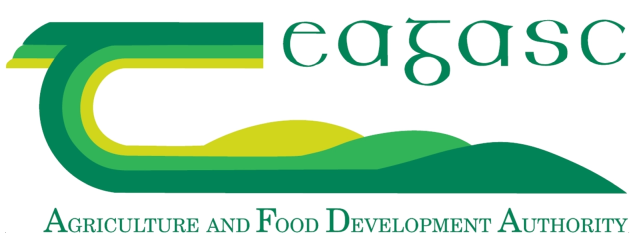


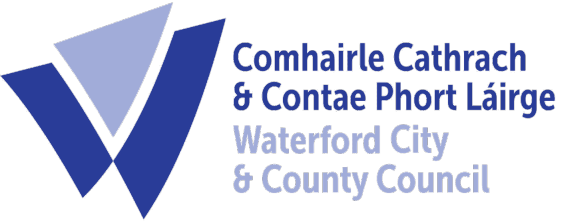

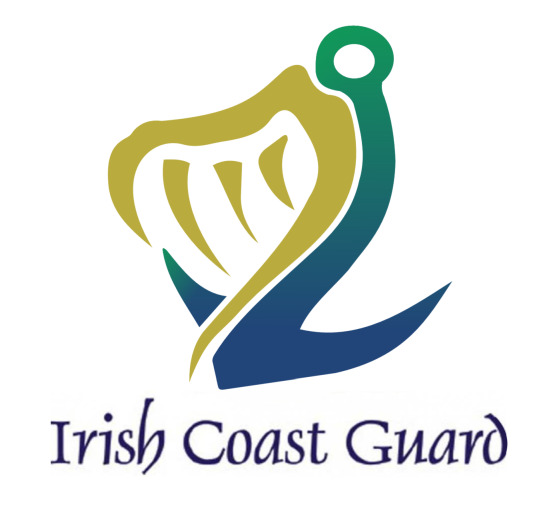
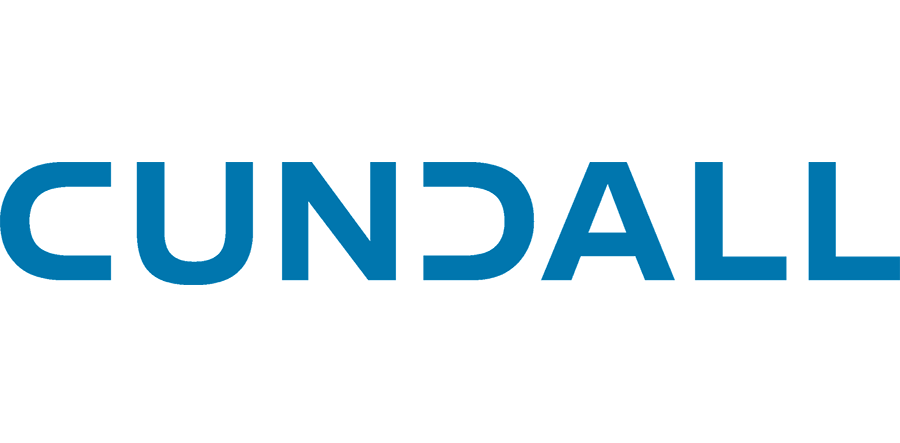



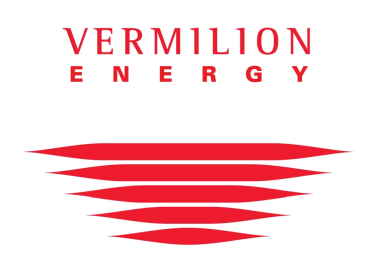

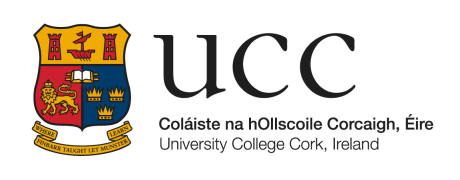




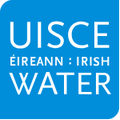

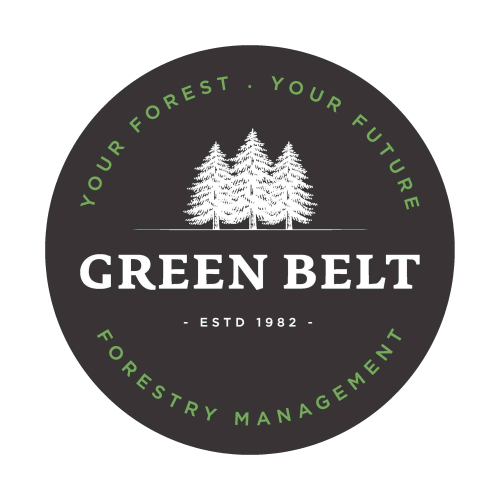





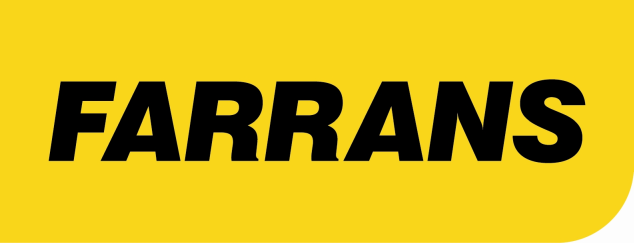
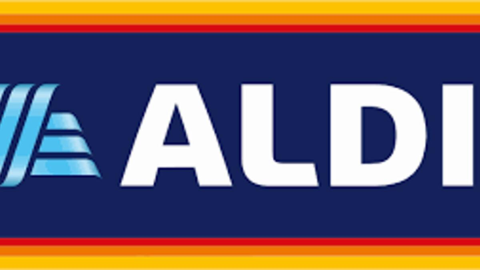






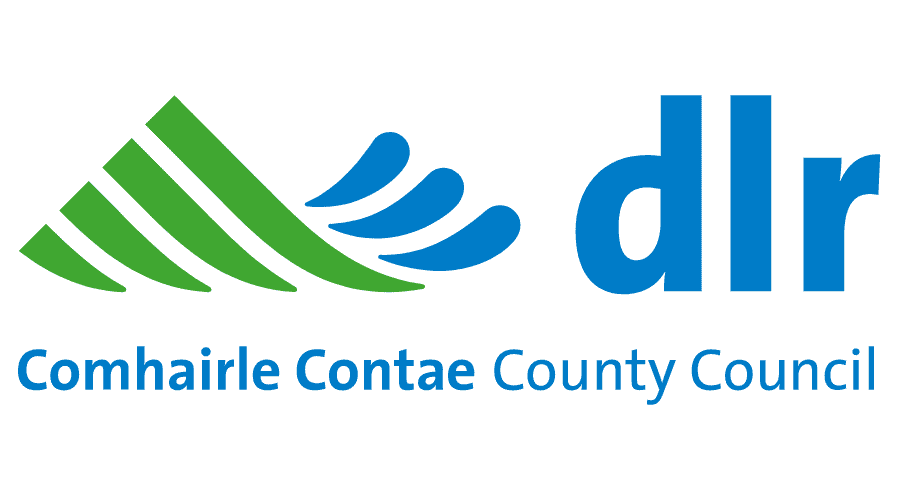


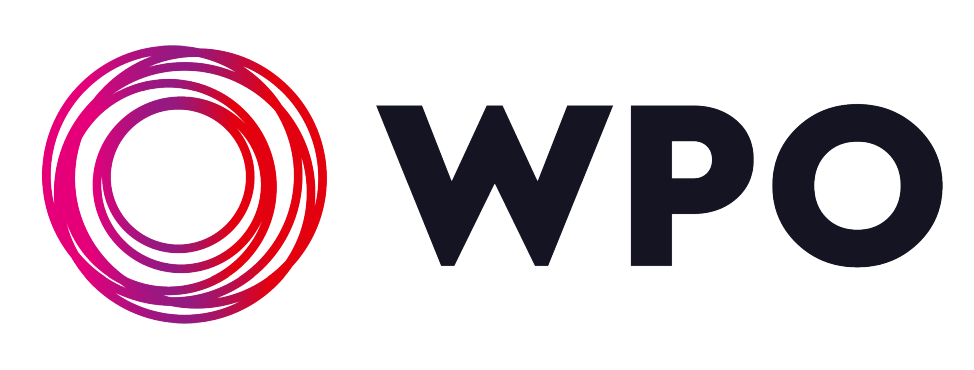






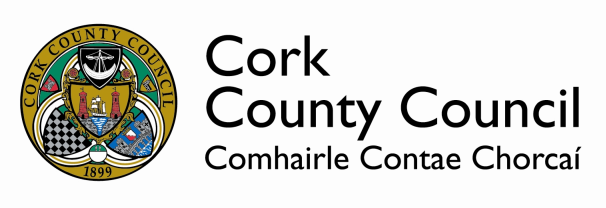

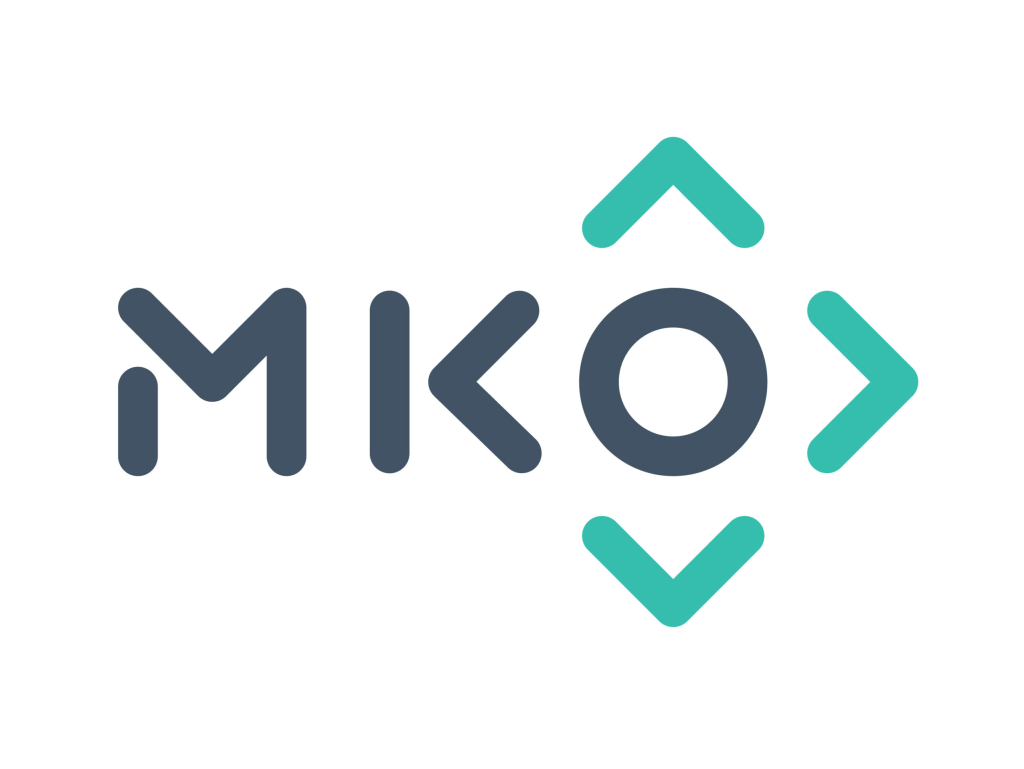
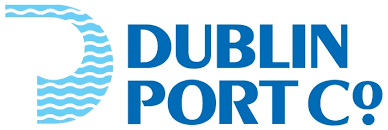

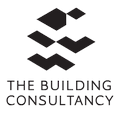

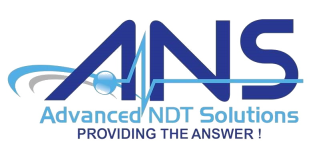





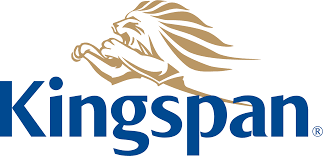



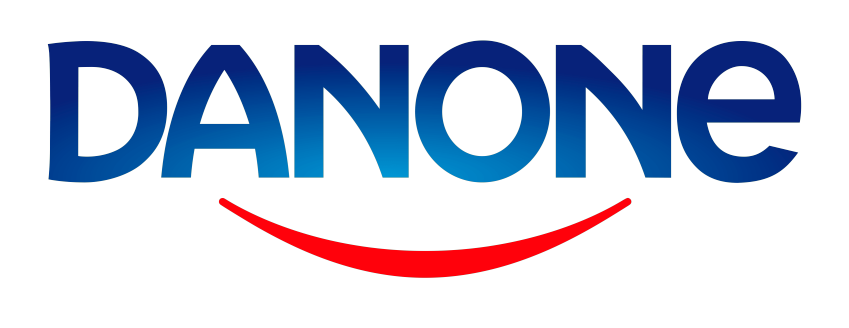








































































































































If you're looking for solar panels in Ireland, check out our friends over at PureVolt Solar.
Optical zoom is a feature found in cameras that allows you to change the focal-length of the lens, which in turn magnifies the image. Unlike digital zoom, which simply enlarges the pixels of an image, optical zoom physically moves the lens elements to zoom in or out, resulting in a higher-quality, more detailed image.
Optical zoom is better than digital zoom for several reasons. Firstly, optical zoom maintains the image quality and sharpness because it captures more detail from the subject. In contrast, digital zoom often results in a pixelated, blurry image because it enlarges the existing pixels of an image, which degrades the quality.
Secondly, optical zoom allows you to get closer to your subject without physically moving closer, which can be useful in situations where you cannot or do not want to approach your subject closely. This can be especially helpful for wildlife photography or for taking photos of events from a distance.
Overall, optical zoom is a valuable feature that can help you capture high-quality, detailed images from a distance, making it a must-have for many photographers.

UHD or Ultra High Definition signifies that a camera's resolution is 3840x2160 pixels. This is exactly four time higher than high definition cameras (1920x1080 pixels), and so UHD is often also know as 4K. More about drone photography...